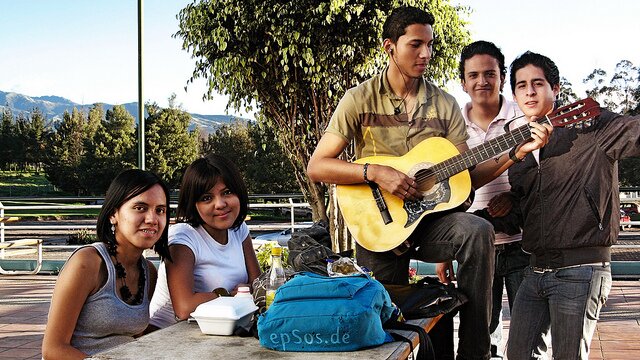
Carrying on from learning the 7th arpeggio shapes, this lesson will talk you through the major and minor 6th arpeggios. In addition to this, we will also take a look at how you can create you own extended arpeggio shapes for any arpeggio you should need; whether that be a 11th, 13th etc.
Major and minor 6th chord are constructed in the same way 7th chords are. To create a major 6th chord, simply place the 6th note in the scale above a major chord; or to create a minor 6th chord, simply place the 6th note from the scale above a minor chord. Unlike the 7th chords and arpeggios, the 6th note is the same for both the major and minor versions of the chords. This time there is no need to flatten the 6th note for the minor chords.
Below are two diagrams that show you what notes are included in both major and minor 6th chords:

As with all the other arpeggios, the shapes below are just examples of how the major and minor 6th arpeggios can be played. As long as you know what notes are in each arpeggio, and can find them on the guitar, you can easily begin to create your own shapes. Once again, the TAB shows the examples written out in the key of C.
C Major 6th Arpeggio Positions:



C Minor 6th Arpeggio Positions:



If you wish to start creating extended chord arpeggios, the process is quite simple once you understand how the construction of each chord works. If we go right back to the basics of creating minor and major chords from the major scale, you should remember that they are simply three notes, stacked in thirds taken from the major or minor scale. If you then go on to stack another third on top of the major and minor chords you get 7th chords, be that dominant, major or minor 7ths.
RELATED One Octave Pentatonic Major Scales
If you carry on stacking thirds above the seventh chords, you will end up with extended chords in the following order, 9th, 11th, 13th and so on. So, if you take a seventh chord and add another third, you get a 9th, and then add another and you get an 11th. Take a look at the diagrams below to see how the chords can be built upon:

image credit – espos